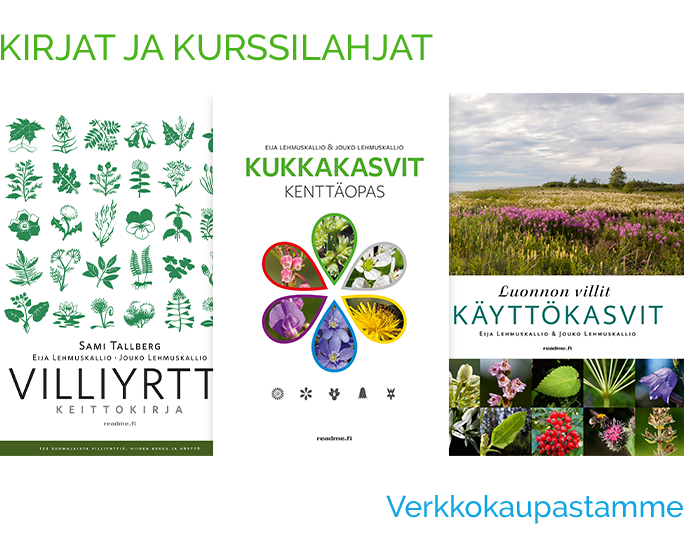Monkey-flower
Erythranthe guttataName also
Common monkeyflower, Seep monkeyflower (usa)
Scientific synonym
Mimulus guttatatus
Growing form
Perennial herb.
Height
20–40 cm (8–15 in.). Lower part of stem glabrous, upper part with glandular hairs.
Flower
Corolla irregular (zygomorphic), with yellow and red dots, 30–40 mm (1.2–1.6 in.) long, fused, bilabiate; upper lip 2-lobed, lower lip 3-lobed, throat quite open. Calyx slightly irregular (zygomorphic), 5-lobed. Stamens 4. Gynoecium fused, single-styled. Inflorescence a lax cyme.
Leaves
Opposite, short-stalked–stalkless. Blade widely ovate, parallel-veined, with irregular toothed margins.
Fruit
Egg-like, 10 mm (0.4 in.) long capsule, does not usually develop.
Habitat
Ditches, streams, lake shores near habitation. Ornamental, sometimes an escape.
Flowering time
July–August.
Harmfulness
Harmful invasive species.
Monkey-flowers are North American ornamental plants which also grow ferally in the wild. Common monkey-flower is the only plant of its genus that appears outside the confines of the well-tended garden: the other species survive here only if they’re cultivated. Unlike other new plants that have become problematic weeds or that have gone on the rampage or become a threat to native plants, common monkey-flower seems to be almost harmless. In its native western North America the species thrives in different kinds of damp environments – in Finland it can be found most often in the same kinds of places, most likely of course near inhabited areas.
The first thing that one notices about monkey-flowers is their exiting-looking flowers which probably also inspired the giver of their scientific name. The older name of the genus mimulus comes from the ancient Greek word mimo which means ‘monkey’, or the Latin word mimus which means ‘actor, mimic’ – looking from the front of the plant its flower could resemble a monkey’s face or the mask used by an actor in a classical play. Apart from being an ornamental in gardens, common monkey-flower is also an important model organism in ecological and genetic research: the species’ genome was entirely decoded in 2007. Native Americans used the monkey-flower to treat wounds and pain.
Taxonomy


